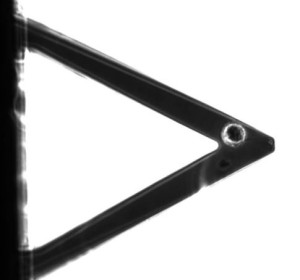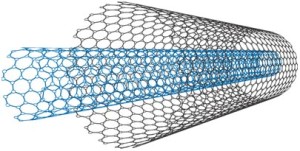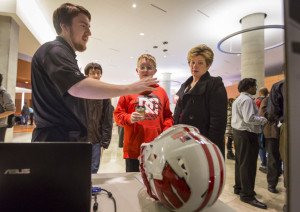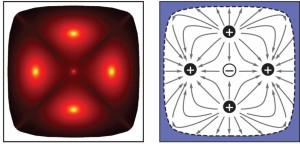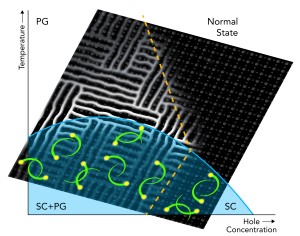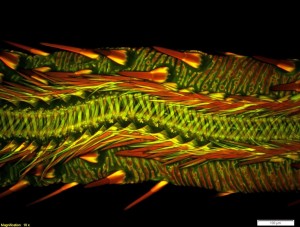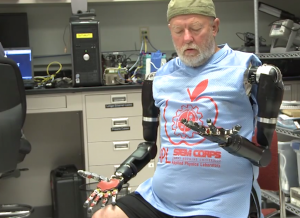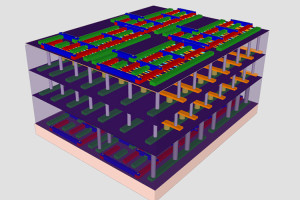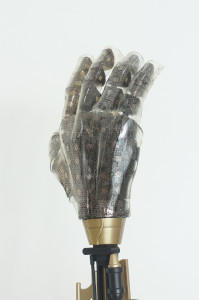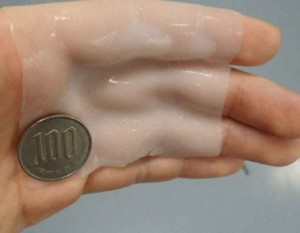
This gel-based adhesive for sticking sensors on the body can measure strain and electrical activity.
Image: Nature Communications
Sensors can go almost anywhere and do almost anything – and soon, sensors may be making their way to your internal organs.
Researchers have developed an electronic sensor, of which they will attach to a newly designed sticky sheet in order to attach to the body’s organs.
This from Popular Science:
A team of researchers based at several Japanese universities made prototype sticky sensors that they’ve now tested on the still-beating hearts of living rats. The sensors measured strain and electrical activity, both of which are created when a heart beats. In a test, the sensors maintained good contact with the rats’ heart for three hours.


